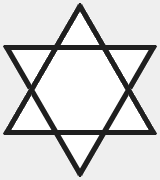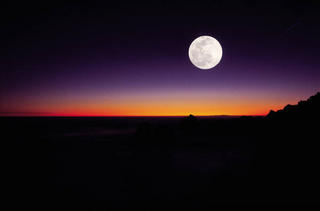Yarrow
Yarrow has long been used in China and made into poultices from early times in order to stop bleeding (including menstrual and hemorrhoidal ailments), stop infections, and heal bruises and wounds. In China, yarrow is called “shicao” and the dried yarrow stems were used in fortunetelling or what is called I Ching. In addition, the early Chinese brewed the perennial yarrow herb into a tea for use as an antibiotic, headaches, fevers, colds, and the flu. The wonderful healing properties of this natural herb helps to curb diarrhea, anemia, gas, and lower blood pressure.As a tea, yarrow causes sweating which helps to reduce fever and dilates the blood vessels near the surface of the skin helping to lower blood pressure. Fresh leaves were chewed to stop toothaches too. Yarrow can be found growing in parts of Asia, North America, and Europe; it is believed to have been around for approximately 3,000 years. Yarrow has many more healing properties and uses which one can study more about on their own.
Suggested Adult Dosages:
Dried herb: 2-4 grams as an infusion or in capsules 3 times per day
Extract (1:1, 25% grain alcohol): 1 to 4 ml three times per day
Tincture (1:5, 40% grain alcohol): 2 to 4 ml three times per day
Yarrow flower: 3 grams per day as an infusion or tea
Sitz bath: 100 grams yarrow per 5 gallons of water
Yarrow Poultice:
Add 1-cup each of fresh yarrow and comfrey leaves to a blender or food processor; add just enough spring water to blend the leaves into a paste; apply the paste to the bruised or wounded area then cover with a cloth for 20-30 minutes. The yarrow paste helps as a hemostatic or bloodclotter.
Yarrow Tea:
Steep 1-tablespoon of fresh leaves & flowers in 1-cup of boiling water, cover for 3-4 minutes; drink a cup twice per day. If you use dried yarrow leaves, then steep 1-teaspoon. Add some honey to the yarrow tea as a sweetener.
Note:
Excessive intake of yarrow tea may prevent your body from absorbing iron; so do not overdo this tea.
__________________________
Kheti Metaphysical Institute



